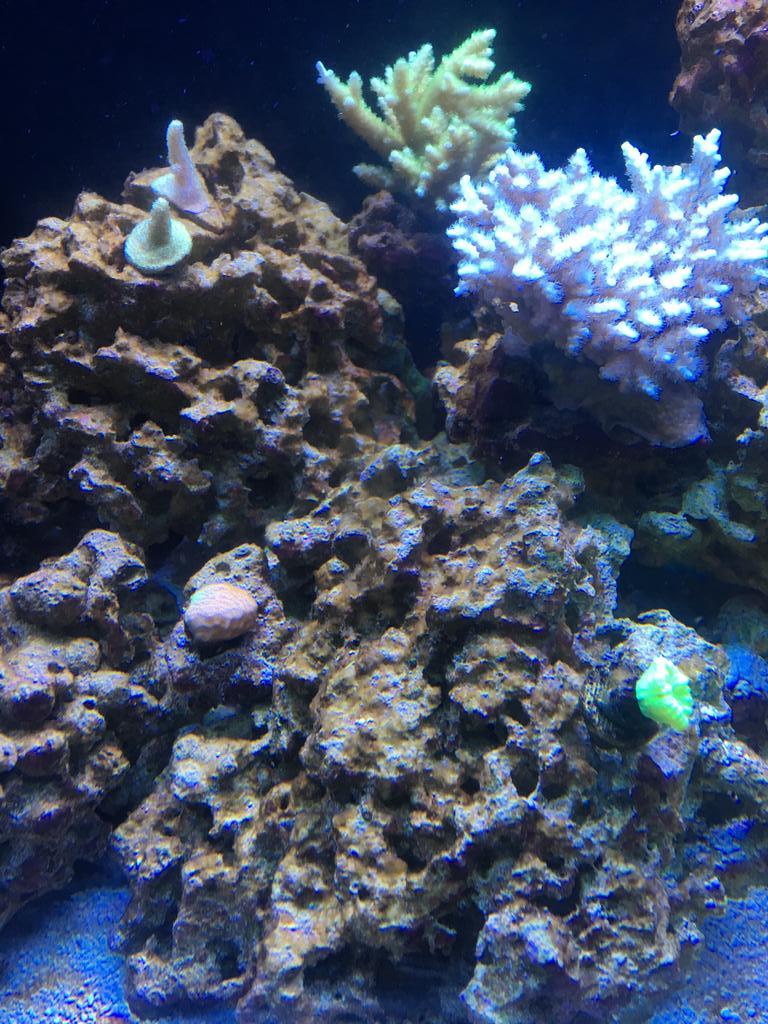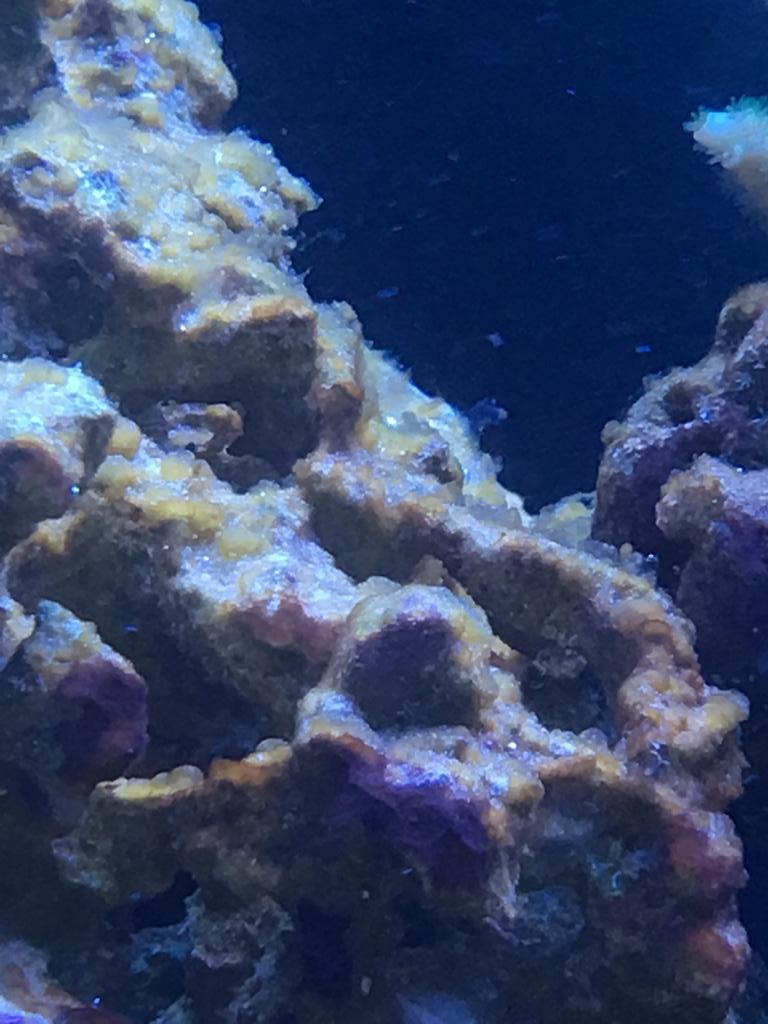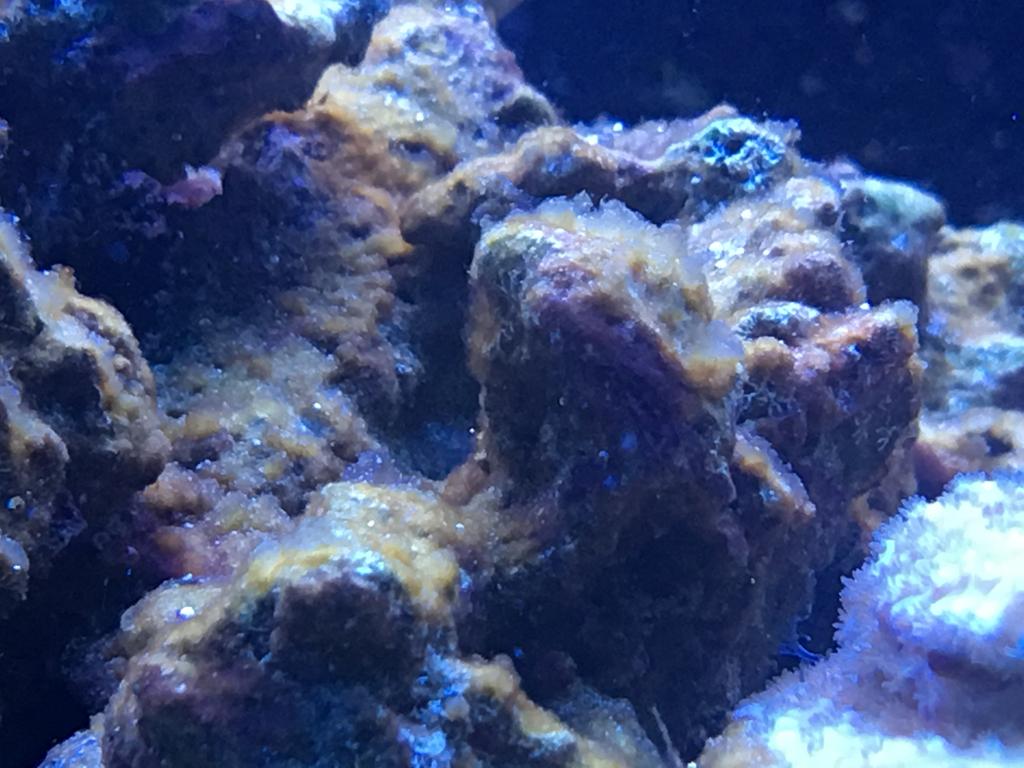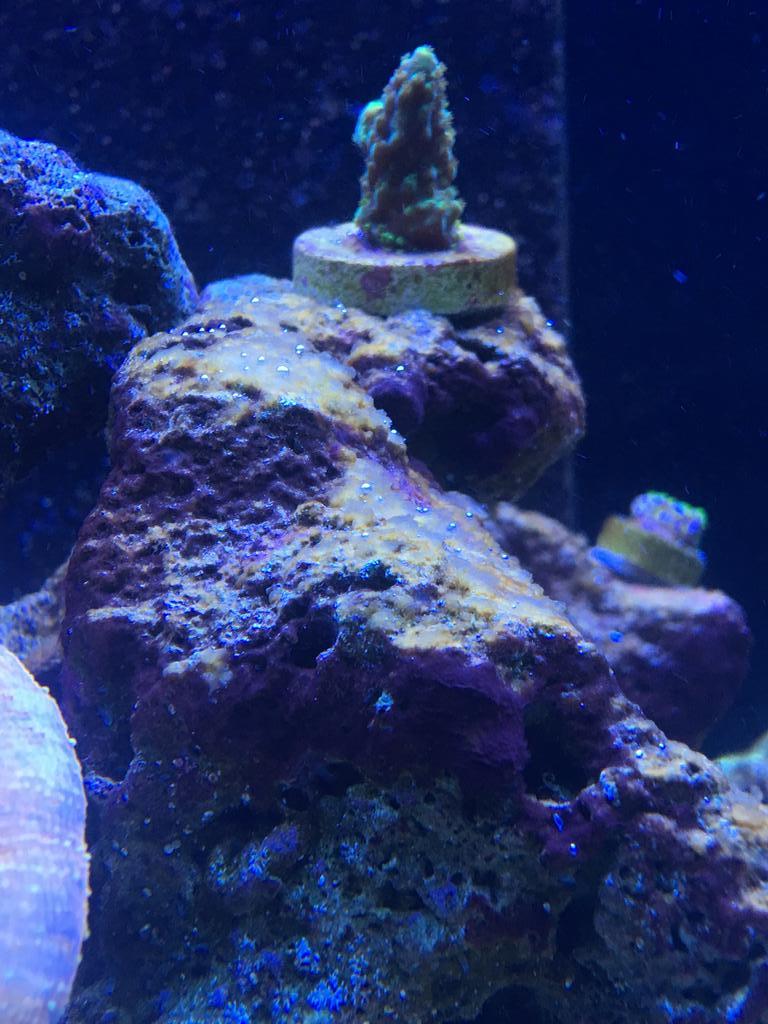I'd suggest all of you consider an Eheim auto-feeder to get a really regular addition of food going into the system. Dry foods should not be your staple food item, but they are definitely useful in their place.
I plan to do the same.
Start with a small addition to your normal routine so there's no spike in nutrients.....the idea is to smooth out the peaks and valleys of your normal feeding routine.
Just to point out... I do use an Eheim and have it set to do 2 rotations 4 times a day with Marine S pellets. Just a pinch each time, but it totals to 8 pinches a day, plus the BIG pinch I give once a day and the 2x frozen Mysis cubes and I still struggle to keep NO3 and PO4 levels registering.





















